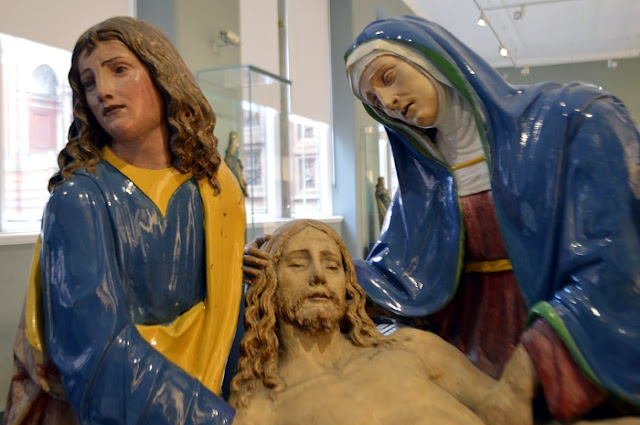Jousting Armour

< Table of Contents I’ve written previously about some rather fine 17th century English jousting armour at the V&A. To provide contrast, the jousting armour in this post is about a century earlier (1520-40) and German. Although all of the pieces that make up this display are from different sets, bequeathed to and bought by the museum at different times, they are unified in their use of decorative fluting. This technique was particularly popular during the reign of Maximilian I, Holy Roman Emperor . As a decorative device, fluting was intended to imitate contemporary pleated doublets, but it also, essentially produces a corrugating effect, strengthening the metal and providing greater protection. This style of helmet (M.2705-1931), known as an armet, first became popular at the end of the 15th century. The hinged visor reduced much of a nobleman’s vision to reduce the risk of facial injury. This was not seen as a particular impediment as, unlike actual bat...

